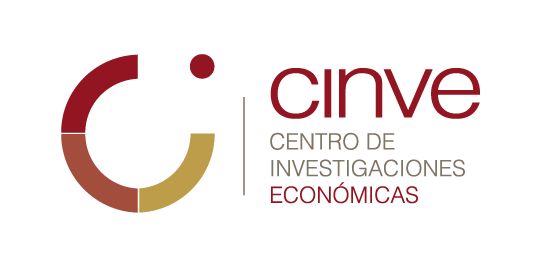In 2002 Uruguay abandoned the stabilization plan based on exchange bands that had guided the country’s monetary policy for more than a decade. This change meant the passage to a new situation of exchange rate floating and redefining monetary policy. While the exchange rate flotation regime remains de jure until today and there are signs that an inflation targeting regime is being implemented, it is important to assess the nature of that flotation. That is to say, to determine if de facto the Uruguayan exchange rate regime is floating or not.
To this end, GARCH models are estimated that allow the identification of increases in the conditional volatility of the post-crisis exchange rate, which is an indication that it is effectively in a regime of greater flexibility. Additionally, Probit models are estimated that seek to identify the determinants of the BCU’s intervention probability in the exchange market. The results indicate that the main motivations have been the fulfillment of monetary and inflation-based goals and the decrease in exchange rate volatility. The hypothesis that the objective of the intervention is to avoid the appreciation of the exchange rate, presents mixed evidence. Finally, GARCH and ARCH Component models are estimated to measure the impact and effectiveness of BCU interventions in the exchange market. The results indicate that the BCU’s interventions in the exchange market have had significant effects both on the level and on the volatility of the exchange rate since 2003. The sum of the evidence collected until the end of 2005 indicates that the de facto regime has been one that is close to de jure: dirty flotation.
JEL classification code: E52, F31, C22.
Keywords: monetary policy, exchange rate regimes, central bank reaction function, exchange market interventions, ARCH, GARCH and Probit models.
